Most bird owners have heard that it's important to monitor their feathered friend's droppings for signs of illness. However, it can be difficult to determine exactly what is "normal" when it comes to bird poop.
It might seem gross, but analyzing your bird's droppings for color, texture, and other factors can go a long way in keeping your pet healthy. Use the bird poop chart above to identify how your bird's droppings should generally look—and what different characteristics may indicate.
What to Look for in Your Bird's Droppings
When monitoring a bird's droppings, generally you'll want to focus on five factors: color, textures, odors, presence of liquids, and size. Here's more about each.
- 01 of 05
Colors
Healthy bird droppings can display an array of colors and still be considered "normal." Your bird likely consumes many various types of fresh fruits and vegetables, a multitude of different seeds, and a variety of multi-colored pellets if you supplement your bird's meals with a commercially available diet. The food dyes in these pellets, combined with the natural colors of the fresh foods your bird eats, will naturally produce a rainbow of colors in their droppings.
However, if you notice that your bird's poop suddenly changes color, it can be a sign of severe health problems that need prompt veterinary attention.
02 of 05Textures
The texture of the droppings will also vary based on your bird's diet. However, there are certain things to keep in mind when analyzing your bird's poop to make sure that it's healthy.
For one thing, the dropping should be neither too wet nor too dry. A good rule of thumb is that the poop should be close to mimicking the consistency of toothpaste, for lack of a less disgusting analogy. Be on the lookout for droppings that are very dark or seem "tarry," as this can be a sign of internal bleeding, which requires immediate veterinary care.
03 of 05Odors
In general, your bird's droppings should produce little to no odor. Poop that seems overly smelly can be indicative of infection, intestinal problems, or other types of illness. This is not to say you should get down and sniff your bird's droppings; that can be harmful to your health. Rather, pay attention when your bird uses the bathroom, and see if there seems to be any noticeable scent wafting around the cage. If your nose detects something that's just not "right" about the odor, it's probably a good idea to contact your bird's vet for an evaluation.
04 of 05Presence of Liquids
Unlike mammals and other types of animals, a bird's droppings are not normally solid. Rather, there should be a fair amount of liquid present in a healthy bird's waste, as a bird's anatomy does not have a separate mechanism for eliminating liquid waste from its body.
Instead, urine and feces are expelled at the same time. The urine in bird droppings normally presents itself as a white-colored, pasty liquid and usually comprises around 30% to 50% of the volume of the droppings. While this can vary slightly without being cause for alarm, you should definitely report to your avian veterinarian if you fear that there is too much or too little liquid in your bird's waste.
Continue to 5 of 5 belowclass="comp sources mntl-block">05 of 05Size and Amount
As one might expect, the volume of a bird's droppings will be relative to the size of the bird producing them. In other words, small birds will produce smaller droppings, and larger birds will produce larger ones. Depending on the diet, slight variations in what is a normal amount of droppings for any given bird are to be expected, but any drastic change in the size or frequency of your bird's poop should be noted and reported to your veterinarian. If you are worried about how often your bird poops, you can add a blueberry to their diet. This addition will turn your bird's poop blue, and you can measure how long from feeding time it takes for a blue poop to result.
Again, paying attention to your bird's droppings when cleaning out its cage will give you the best idea of what fits inside the normal range for your particular bird.
If you suspect your pet is sick, call your vet immediately. For health-related questions, always consult your veterinarian, as they have examined your pet, know the pet's health history, and can make the best recommendations for your pet.
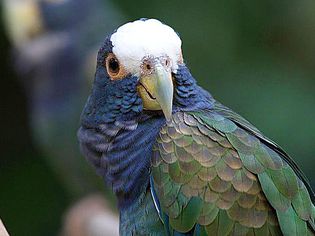
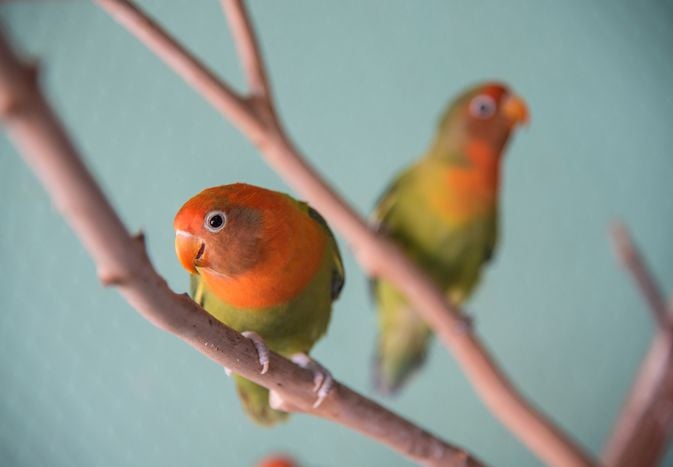
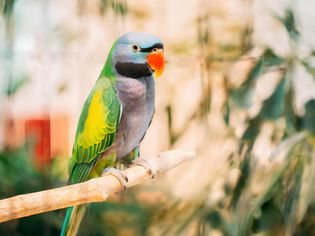
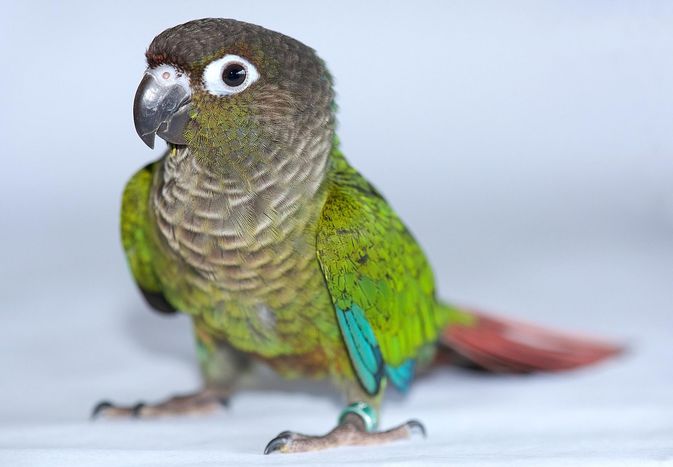

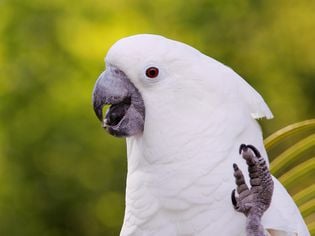
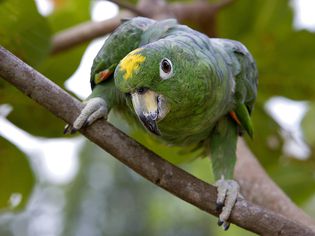
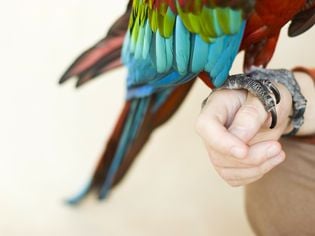
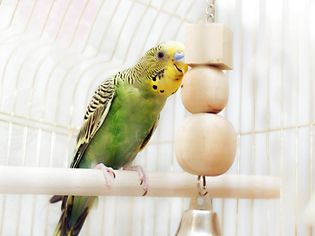
Comments on "Bird Poop Identification Chart" :